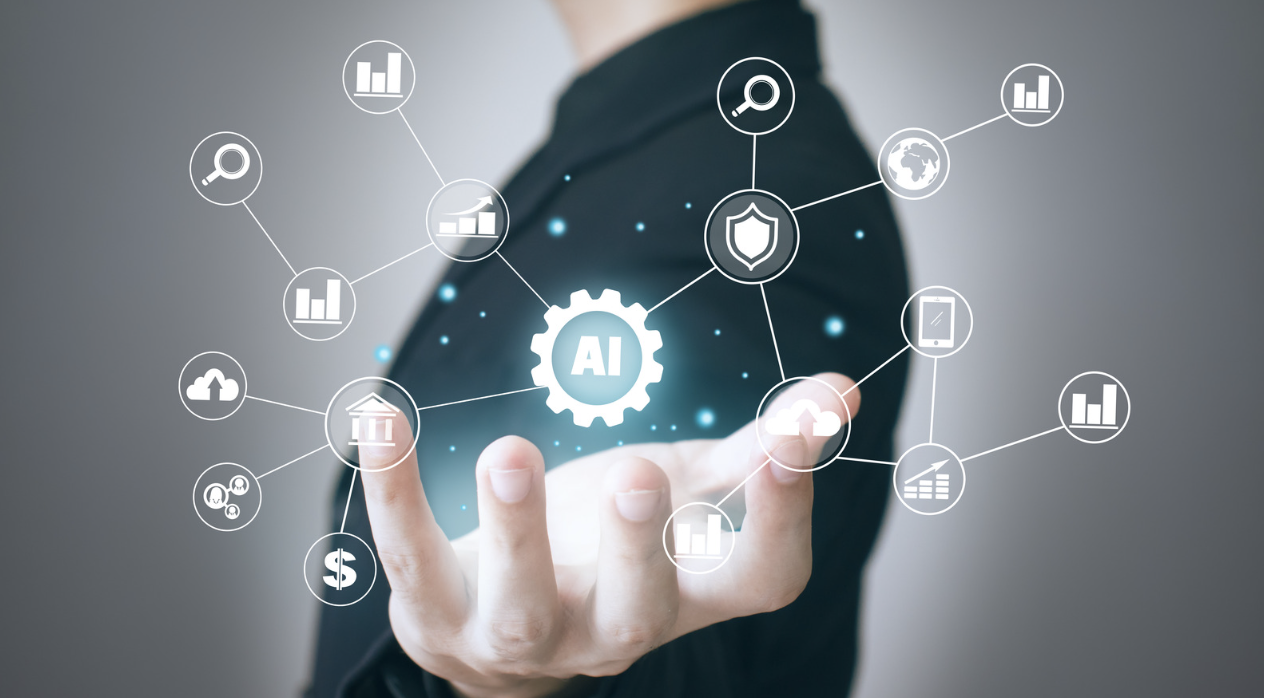
The Future of UX: Where AI Meets Human-Centric Design
In today's rapidly evolving digital landscape, users demand truly intuitive and personalized experiences. The sheer volume of information and complexity of digital ecosystems mean traditional UX approaches often struggle to meet these escalating expectations. Designers are constantly challenged to create engaging interactions that feel both natural and highly relevant to individual needs.
The speed of technological advancement, especially with AI, complicates the UX professional's role. Traditional methods are slow to adapt to dynamic user behaviors and new interaction paradigms. This creates a significant gap between user desires and what current design processes can deliver at scale, leading to potential user frustration.
AI integration into user experience is a dual-edged sword. It offers opportunities for automation and hyper-personalization, but also challenges in maintaining a human-centric focus. The risk is experiences becoming overly data-driven and sterile, losing the empathy human designers bring.
Many organizations, including Bluenixruo, grapple with harnessing AI's power without sacrificing deep user connection. Striking this balance is paramount. It’s about rethinking design philosophy to ensure technology genuinely serves human needs, rather than dictating them.
The ultimate goal is to augment, not replace, human intuition and creativity. Failing this balance can result in technically sophisticated but emotionally distant interfaces, alienating users. We must ensure AI enhances, rather than diminishes, human-computer interaction.
Root Causes of the Challenge
-
Lack of Integrated Frameworks: Absence of cohesive frameworks for merging AI with UX leads to fragmented approaches and inconsistent outcomes.
-
Resistance to Change: Within design teams, resistance to new tools and methodologies hinders progress. New skill sets are required, slowing necessary evolution.
-
Data Overload: The immense volume of user data often causes analysis paralysis, making meaningful insight extraction difficult without advanced AI assistance.
Proposing Forward-Thinking Solutions
1. AI-Powered Personalization Engines
AI-driven personalization engines revolutionize user interaction. By analyzing behaviors and preferences, these systems dynamically adapt content and features to create a uniquely tailored experience. This moves beyond simple segmentation to truly individualized journeys. 
For Bluenixruo, such engines deliver relevant interactions, reduce cognitive load, and foster deeper engagement. Transparency in data use and user control over settings are crucial for maintaining trust and ethical design.
2. Proactive Design with Predictive Analytics
Predictive analytics allows designers to anticipate user needs and friction points. AI models identify patterns, foreseeing issues or opportunities for assistance. This enables a shift from reactive problem-solving to proactive experience shaping.
This approach means designing interfaces that intelligently guide users, offer timely suggestions, and pre-fill information, streamlining complex tasks. It enhances efficiency and reduces frustration, creating a smoother, intuitive interaction flow.
3. Enhancing Design Workflows with Generative AI
Generative AI tools transform the design process. They assist designers from ideation to creating layout variations, suggesting content, and generating prototypes. They act as powerful assistants, expanding creative possibilities.
This augments human capabilities, freeing designers from repetitive tasks to focus on strategic thinking, empathy, and creative problem-solving. It accelerates iteration and allows for more exploration of diverse solutions, fostering innovation.
Potential Risks and Mitigation
-
Over-reliance on AI: Excessive dependence on AI can lead to a loss of human oversight and intuition, resulting in experiences lacking genuine empathy. Recommendation: Maintain strong human review processes and validate AI outputs with user research.
-
Ethical and Bias Concerns: Dilemmas surround data privacy, security, and algorithmic bias. AI systems can perpetuate biases. Recommendation: Implement robust ethical AI guidelines and conduct regular bias audits.
-
Integration Complexity: Integrating complex AI systems into existing pipelines presents substantial technical challenges. Ensuring system coherence is a major undertaking. Recommendation: Invest in continuous training and adopt phased integration strategies.
The fusion of AI and user experience design marks a pivotal moment in digital evolution. Success lies not in replacing human creativity but in amplifying it — using intelligent systems to deepen empathy, predict needs, and enhance every interaction. When thoughtfully integrated, AI becomes a silent collaborator that empowers designers to craft experiences that feel personal, adaptive, and profoundly human.
Comments (0)